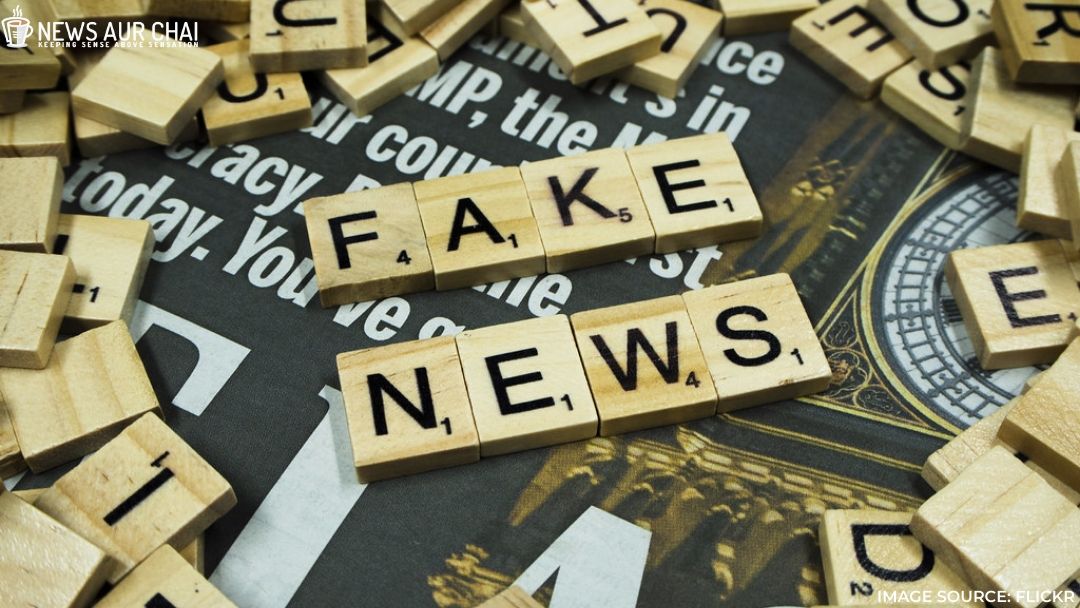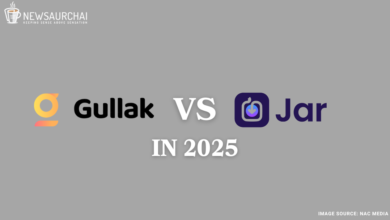
Fake news stories seem to be as equally contagious as COVID-19, with the latest piece of misinformation revolving around the news of the death of a pregnant elephant in Palakkad, which caused mainstream and social media outrage. The first misinformation was about the place of the incident, which was initially reported to be Malappuram and then clarified by the Kerala Government as Palakkad.
This then took on a communal tone, with fake news regarding the accused going viral on a tweet initially posted by Amar Prasad Reddy, a media advisor to the Union Minister of State for Health and Family Welfare. In the tweet, he stated that two individuals Amzath Ali and Thamim Shaikh, were responsible for the death of the pachyderm and had been arrested for the same. The tweet was later taken down, and a clarification was tweeted in its place.
Many mainstream media houses had posted articles and tweets featuring the misinformation from the tweet. The news was confirmed to be fake after Alt News contacted Palakkad Superintendent of Police G Siva Vikram, who later clarified that the name of the accused was P. Wilson and that he had been arrested. The correct information was then released on mainstream and social media, clearing confusion.
When leading newspapers are facing significant budget cuts due to a lack of funds from advertising, it is tough to distinguish accurate information from fake news or clarify it from trusted media sources. With social media and instant messaging applications paving the way for several miscreants to sensationalize misinformation and spread indefinitely, the past few months have brought about a consequential collection of fake news stories.
When did it all begin?
According to a global study conducted in March 2020 named, ‘Problems with Finding Coronavirus News Worldwide 2020’ on Statista, around 74 per cent of news consumers were worried about finding fake news and false information about the pandemic on the news.
The spread of misinformation about the virus began well ahead of the first nationwide lockdown, which was imposed for 21 days starting from March 24, 2020. It began with the spread of fake coronavirus remedies on WhatsApp, which ranged from simple ones like garlic and ginger to ones like alcohol that proved life-threatening in countries like Iran. It is alleged that over 700 people died due to alcohol poisoning because of false forward messages advertising it as a remedy.
A few World leaders ended up propagating fake news with the US President Donald Trump vouching for hydroxychloroquine before any tests proved its effectiveness, and the Tanzanian President Pombe Magufuli claimed that lemon and ginger water could cure the virus.
In India, several political leaders made similar claims. Ashwini Kumar Choubey, a member of the BJP and the Minister of State for Health and Family Welfare, claimed that Vitamin D was a cure for the virus and advised that sitting for 15 minutes under the sun, which was hottest during 11-2 pm would boost immunity and ‘kill viruses like the coronavirus.’
Other politicians on the list include BJP MLA from Assam, Suman Hari Priya, who spoke about a potion made of cow urine and excreta being a cure, and Uttar Pradesh Chief Minister Yogi Adityanath saying the cause of the virus was stress.
Migrant Crisis and Rise of Arrests due to Fake News in April
In the last week of March, this fake news epidemic reached it’s tipping point when, amidst the nation’s first lockdown, over 40 per cent of its population, consisting of migrant workers from remote parts of the country began to panic and walked hundreds of kilometers to catch buses back to their respective states. Mostly hailing from Uttar Pradesh, these migrant workers had to fight for space on the buses back home, causing havoc and paving the way to one of the biggest migrant crises India has seen.
The Supreme Court of India and the Press Council largely attributed the rise of this crisis to the panic caused by the increasing amount of fake news in mainstream coverage, which had claimed a three-month lockdown, when the first one was only meant for 21 days. The Press Council advised mainstream media houses to “responsibly ensure dissemination of verified news on coronavirus outbreak, based on the daily bulletin by the Government following the Supreme Court’s directive on the issue.”
Arrest of people:
Dissemination of fake news also caused a spike in the number of arrests when police officers began to arrest people for sharing false information instead of tackling the source of the problem. According to an AFP report in mid-April, over 100 arrests had taken place due to misinformation regarding the coronavirus issue. The cases were being registered under the Indian Penal Code, and the Epidemic Diseases Act of 1897 since a specific law for fake news is absent.
Government’s Response and Need for legal measures
Prime Minister Narendra Modi addressed the Indian Media on March 7, asking people not to fall victim to the fake news regarding natural remedies for the virus. The Government then launched the ‘MyGovCoronaHelpDesk,’ a WhatsApp Chatbot, to answer urgent queries regarding the virus and lockdown and to prevent the spread of misinformation.
Followed by the measure, it also issued an advisory to major digital platforms, asking them to take responsibility for the misinformation on its feeds.
In May, the Bureau of Police Research and Development (BPRD) published a step-by-step guide for law enforcement agencies to curb the spread of fake news to incite communal riots and feelings of panic among the public. The manual contained instructions on how to identify fake news using measures like Google reverse image search and lists fact-checking websites to verify sources.
However, despite several measures implemented by the Government, fake news seems to continue its rampage, be it fake forwards via WhatsApp or fraudulent posts, images, and videos on other social networking sites like Facebook and Twitter.
The absence of a specific law to address this issue is also not helping. So far, legal measures being used to tackle misinformation and fake news during the lockdown include the IPC (Section 501-A), the IT Act (Sec 66D), and the Disaster Management Act, 2005 (Sec 54).
The dissemination of fake news and misinformation during a pandemic has made it evident that there is a need for specific legal measures to tackle these issues.
Are Social Media Firms doing enough?
According to the latest BBC news report on June 4, 2020, the answer is a resounding NO. The report states that over 90 per cent of posts with false information regarding COVID-19 continue to remain online, with social media platforms like Facebook and Twitter accounting for over 600 such posts.
Despite both firms claiming that they had put up measures and introduced guidelines to deal with fake news posts effectively, the research report put forth by the Center for Countering Digital Hate proves otherwise.
“Social media giants have claimed many times that they are taking COVID-related misinformation seriously, but this new research shows that even when they are handed the posts promoting misinformation, they fail to take action,” said Imran Ahmed, Chief Executive of the Center for Countering Digital Hate to BBC News.






One Comment